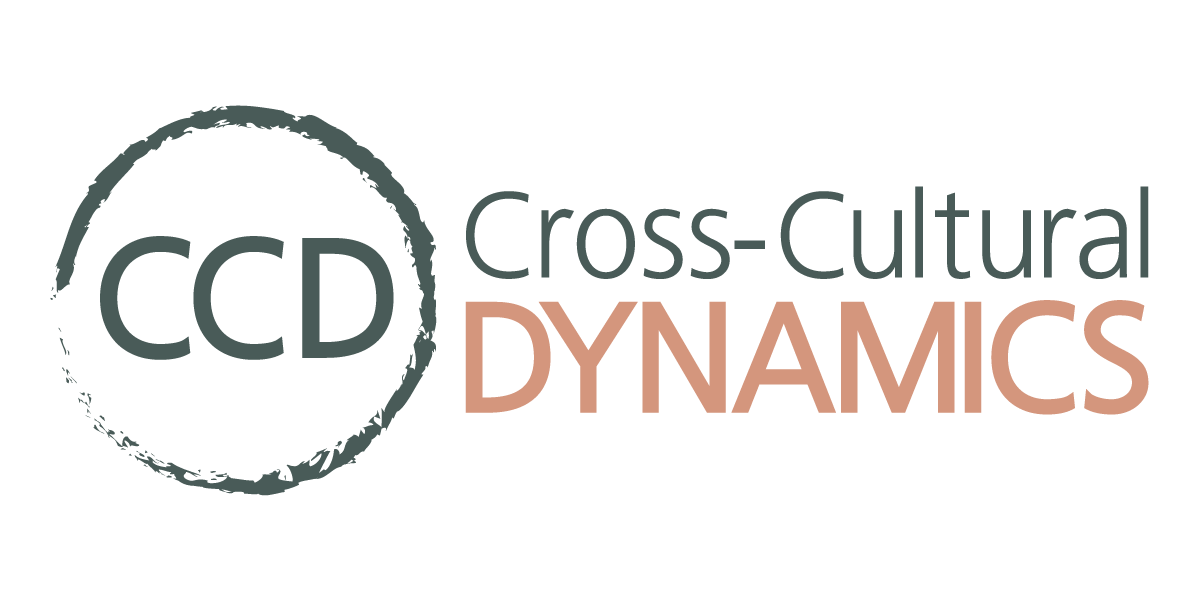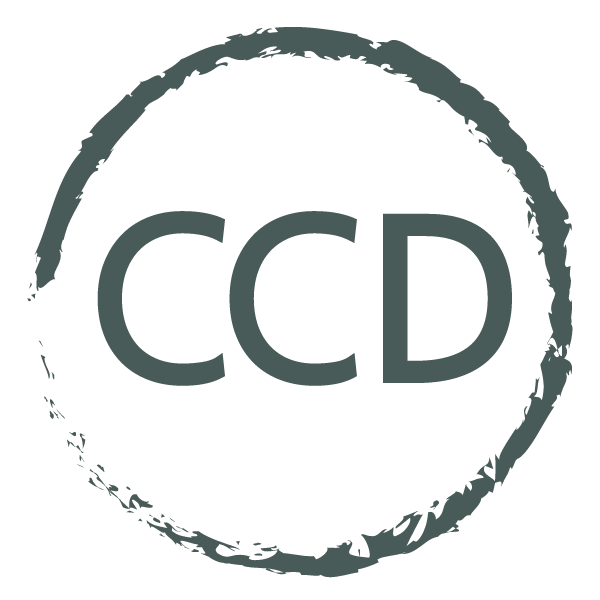Implicit Bias
Organizations that desire effective diversity, equity, inclusion, and belonging must be aware of the ways bias can threaten their pursuits of a healthy workplace. Implicit bias, sometimes referred to as unconscious bias is one we must tackle head-on.
What is Implicit Bias?
If we are to understand how to prevent implicit bias in the workplace, we need to get a grasp of what it is. Ayesha Whyte, a Chief Human Resources Officer and employment attorney, gives a succinct definition in her article, Recognizing Implicit Bias To Promote Diversity And Support A Culture Of Inclusion And Innovation: “Implicit bias is an unconscious attitude, belief or association that attributes certain characteristics or qualities to any group of people in society. It’s also sometimes referred to as stereotyping” (Whyte).
If bias is implicit, then it is difficult to detect. It can be an automatic, unintentional response–and the fact that it is challenging to know where it comes from makes it ever-dangerous in the workplace.
Why is Implicit Bias harmful?
In an organization where implicit bias is left unchecked, hiring processes and promotions can be affected negatively, overall productivity can decrease, problem-solving can be prevented from reaching full potential, and many other nuances that affect the overall culture of your team.
“If organizations do not take steps to become more self-aware of their hidden biases, they will continue to hire from a shallow talent pool, which will limit growth, profitability and innovation” (Whyte).
How do we combat Implicit Bias?
Let’s consider steps we can take as organizations to combat the effects of implicit bias on our teams. An article titled Implicit Bias from the National Institutes of Health gives practical guidelines for how we can fight against implicit bias on a personal level.
Acknowledge Implicit Bias: Each of us carries implicit bias that stems from education, comments, ideas, and assumptions held over long spans of time. We often don’t realize the effects of this kind of stereotyping. Denying its existence will only deepen its negativity within your organization.
Research the diversity in your field: If you begin to research and name diverse examples of successful people in your industry, you will be able to dismantle the stereotypes once held. No longer is a blanket idea of a people group or demographic able to stand when you can disprove it with real examples.
Take on the perspective of someone negatively experiencing bias: Can you imagine what it would feel like for someone to question your own ability to get a job done effectively, solely based on an arbitrary aspect of your social identity? What feelings would you experience? What loss of opportunity would you endure? Ask yourself if this would be right and justified if it were happening to you.
Create a detour for automatic implicit bias: This step moves to the strategy of prevention in our implicit bias. Identify areas in your workplace where you might be prone to fall into implicit bias (hiring, promoting, etc.) and take time to create a plan for how you will actively disengage from bias.
You might mask certain identifying features on incoming job applications to prevent you from making biased hiring decisions.
Using artificial intelligence tools within hiring can also eliminate bias from your initial short-list of applicants, focusing instead solely on the resume.
Educate yourself and your team: Provide multiple opportunities for your team to see and experience your dedication toward combating implicit bias. In what ways can you learn and grow together?
Implicit bias is a part of us. We might not intend it. We might not even recognize it. But it’s here. Now, the task before us is to fight for diversity, fight for health, and fight for the best cultures in our workplace.
We’re here to help!
Identifying and tackling implicit bias can be tricky in an organization because you are a part of the culture, and blind spots are inevitable. The good news is, you do not have to tackle this alone! At Cross-Cultural Dynamics, we help organizations identify and then address implicit bias. We offer staffing services that approach recruiting and hiring from a DEI framework. We are also skilled in analyzing policies and procedures that may have underlying stereotypes and barriers.
Connect with us today to discuss our consulting services that can be tailored to meet the specific needs and goals of your organization.

